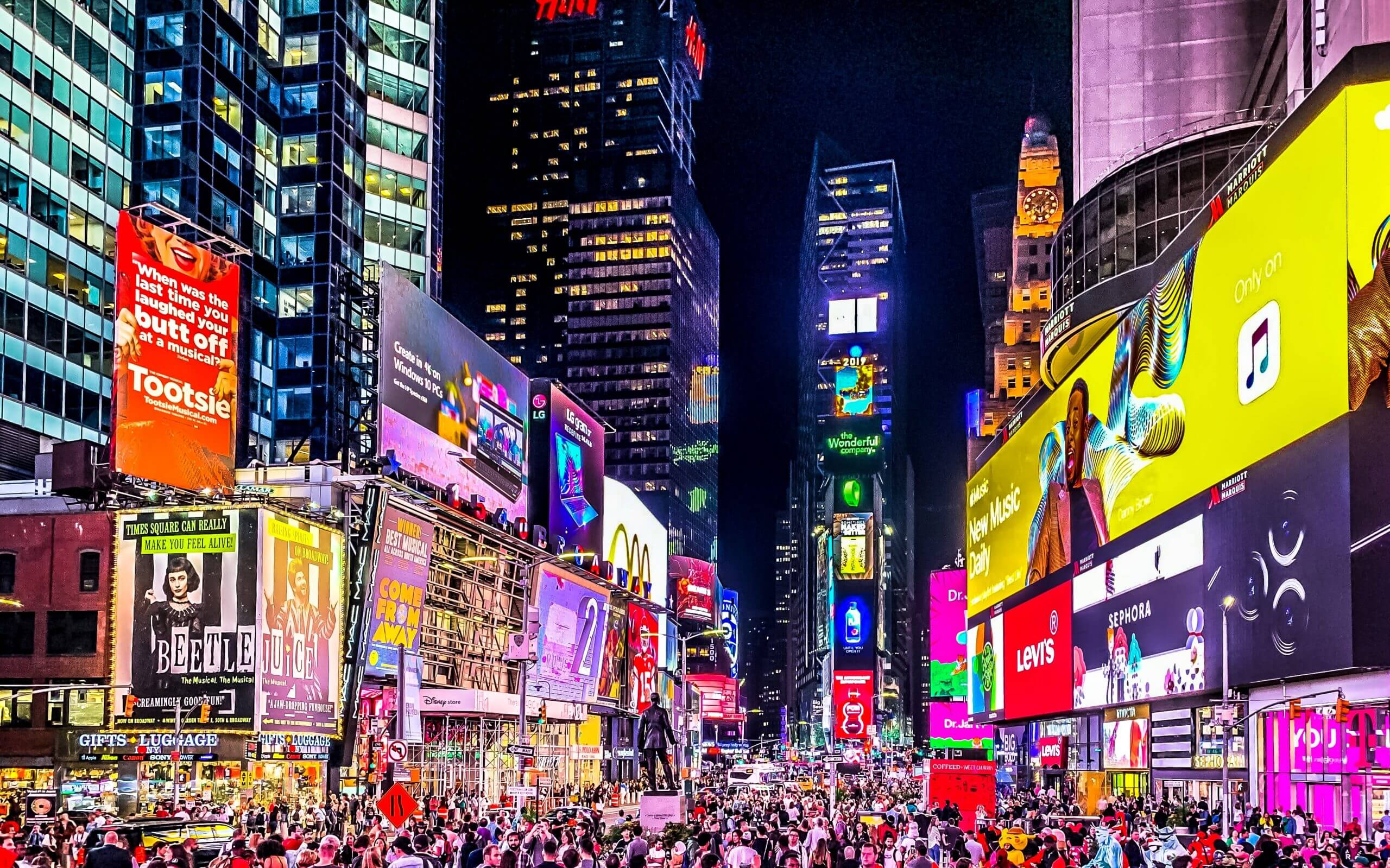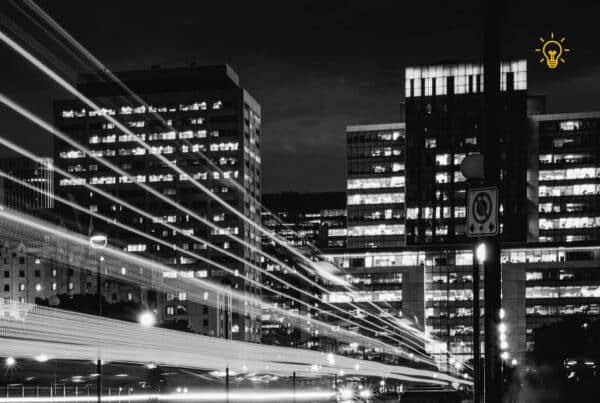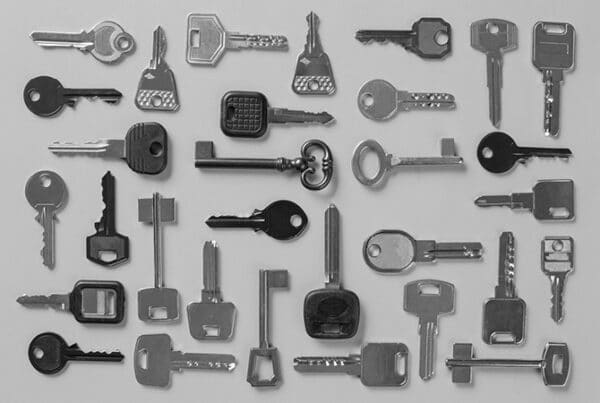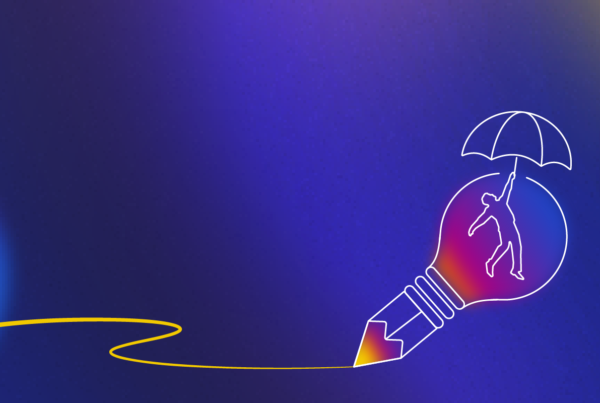The pandemic has enormously altered how consumers go about their everyday lives and many companies are naturally responding with a surge in investment around their digital communications.
The downtime, shaped by Covid-19 has not only given agencies and media owners time and space to consider and plan their digital strategies, but also a chance to re-evaluate their communications plan. With the retail, hospitality and tourism sectors back open for business, engaging Out of Home (OOH) advertising has once again captured the imagination of many brands and their respective audiences as brands look to drive effective and timely content and messaging. The crisis has redefined OOH advertising as a responsive medium, able to localise campaigns fast and at scale.
Investment in digitisation pre-crisis, means OOH is well placed to deliver reactive, contextual and geographically tailored campaigns, whether at this stage it is simply to announce the re-opening and welcome customers back or to develop customer loyalty and trust.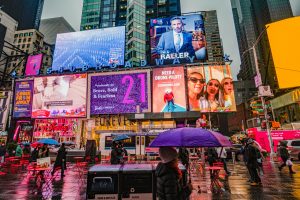
According to Campaign.com, OOH will be one of the fastest areas of media to recover as we ease out of lockdown. This year alone, Digital Out of Home (DOOH) ad spending is likely to increase by 1.6%, and will rise by 19.2% in 2021. We expect DOOH spending to increase from $2.72 billion in 2020 to $3.84 billion in 2023, (emarketer.com) covering all areas of digital advertising – digital billboards, digital street furniture, digital transit and digital place-based display.
What are the benefits of Digital Out of Home advertising?
-
- Better targeting, with the possibility to display adverts at times when the target audience is most likely to see them.
- Measure the effectiveness of campaigns with mobile location data or by utilising a number of data points and sensors with GPS, Wi-Fi and Bluetooth.
- Effective mobile retargeting, for example, geofencing and creating a virtual geographic boundary around a board. By using GPS or RFID technology to trigger a response when a mobile device enters or leaves the vicinity of a board, this allows for retargeted and personalised messages to be sent to the consumer.
- Advertisers and agencies are able to be creative and produce campaigns that are engaging for higher ad engagement to avoid banner blindness.
- Provide live content to consumers likes public transport timetables, directions, flight arrivals, weather, football scores and much more.
- Be fully immersed in interactive and engaging brand communication with your audience.
While outdoor media is becoming more digitised, it’s becoming more widespread for direct-to-consumer (D2C) advertisers to use OOH to acquire customers. D2C advertisers are heavily investing in OOH, as well as TV, because of the reach they’re likely achieve as opposed to social and other digital displays.
To find out how We Are Amnet can support your digitisation needs, whether it be digital banners, signage, campaigns, social content or commerce, We Are Amnet provide exceptional, responsive, digital outputs for all your consumer touch points. Contact us today.


